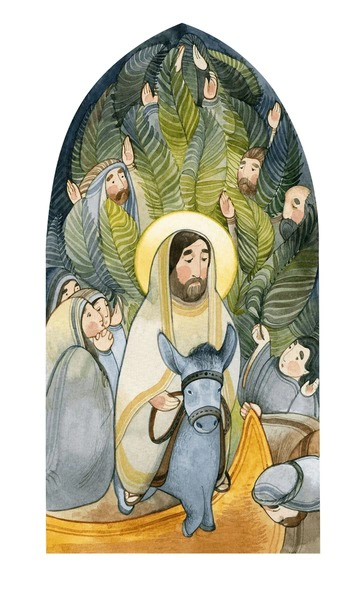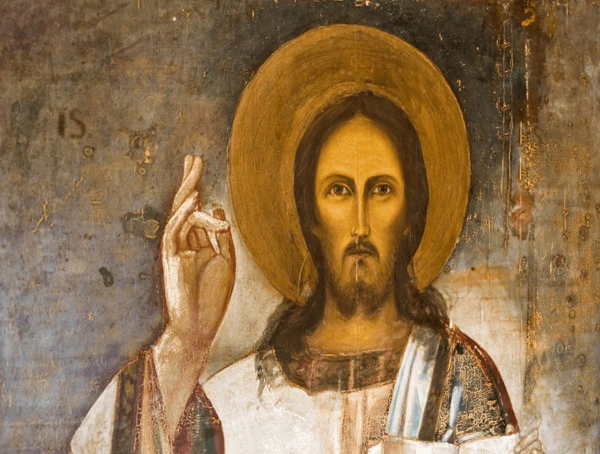
10 Key Teachings of Jesus from the Gospel of Matthew

Journey through the Gospel of Matthew and discover the transformative teachings of Jesus. From the Beatitudes to the Greatest Commandment, these teachings offer profound insights into living a life of faith, love, and grace. Embrace the wisdom and guidance of Jesus as you seek to follow Him more closely.
Sarah Mitchell
01/12/2024 - 27 minutes ago
10 - The Parable of the Talents: Using God-Given Gifts Wisely

In the Parable of the Talents, Jesus illustrates the importance of using the gifts and resources God has entrusted to us. The servants who invest their talents wisely are rewarded, while the one who hides his talent faces consequences.
This parable encourages us to be stewards of our abilities, using them to serve others and glorify God. It’s a call to take initiative and be faithful in the tasks God assigns to us.
By investing in God’s kingdom, we contribute to His work and experience the joy of fulfilling our purpose. It’s a reminder that our gifts are meant to bless others and advance God’s kingdom.
9 - The Greatest Commandment: Love God and Neighbor

Jesus summarizes the law with the greatest commandment: to love God with all our heart, soul, and mind, and to love our neighbor as ourselves. This teaching encapsulates the essence of the Christian faith.
Loving God requires a wholehearted commitment to His ways, while loving our neighbor calls us to act with compassion and empathy. These two commandments are inseparable, reflecting God’s love in action.
In living out this commandment, we fulfill God’s law, bringing His love into the world through our actions and relationships.
8 - Do Not Worry: Trusting God’s Provision

Jesus addresses worry and anxiety by pointing to God’s care for creation. He encourages us to trust in God’s provision, reminding us that we are valued and loved by our heavenly Father.
By entrusting our concerns to God, we release the burden of worry and embrace a peace that surpasses understanding. This teaching encourages a lifestyle of faith and trust, knowing that God is in control.
Living free from worry allows us to focus on fulfilling God’s purposes, confident that He will meet our needs as we seek His kingdom first.
7 - The Narrow Gate: Choosing the Path Less Traveled

Jesus speaks of two paths: a wide gate leading to destruction and a narrow gate leading to life. The narrow gate represents the path of discipleship and obedience to God, which often involves sacrifices and challenges.
This teaching encourages us to make conscious choices that align with God’s values, even when they are difficult or unpopular. The narrow path requires commitment and perseverance, but it leads to abundant life.
In choosing the narrow gate, we embrace a life marked by faithfulness and integrity, trusting that God’s way is ultimately the best path for our lives.
6 - Seek First the Kingdom of God: Prioritizing Spiritual Goals

In Matthew 6:33, Jesus instructs us to "seek first the kingdom of God and His righteousness," emphasizing the importance of prioritizing spiritual goals over material concerns. This teaching directs us towards a life centered on God’s purposes.
By focusing on God’s kingdom, we shift our perspective from temporary worldly gains to eternal values. It’s an invitation to trust that God will provide for our needs as we align our lives with His will.
This teaching reassures us that God’s provision is abundant when we make Him our primary focus. It’s a call to live with faith and courage, trusting in God’s guidance and timing.
5 - Parable of the Sower: Understanding the Word of God

Jesus uses the Parable of the Sower to illustrate how different hearts receive the Word of God. The sower’s seeds fall on various types of soil, representing the different responses individuals have to Jesus’ message.
The fertile soil, which yields a bountiful harvest, symbolizes a heart open and receptive to God’s word, eager to grow in faith and understanding. This parable encourages self-reflection on the state of our own hearts.
As we strive to be like the fertile soil, we are called to nourish our faith through prayer, study, and fellowship, allowing God’s word to take root and transform our lives.
4 - The Golden Rule: Treat Others as You Want to Be Treated

Jesus encapsulates a key ethical teaching with the Golden Rule: "Do unto others as you would have them do unto you." This simple yet profound statement calls us to empathy and kindness in our interactions with others.
The Golden Rule emphasizes the importance of seeing others as individuals worthy of respect and love. It challenges us to consider how our actions affect those around us and to act in ways that reflect God’s love.
Implementing the Golden Rule requires a conscious effort to think beyond ourselves, fostering communities built on mutual respect and care. It’s a call to live out the love of Christ in practical and meaningful ways.
3 - The Lord’s Prayer: A Model for Communication with God

The Lord’s Prayer, found in Matthew 6:9-13, serves as a model for how we communicate with God. It begins with acknowledging God’s holiness and sovereignty, setting the stage for a relationship built on reverence and trust.
This prayer teaches us to seek God’s will above our own, asking for our daily needs while extending forgiveness to others as we seek forgiveness ourselves. It’s a reminder of our dependence on God for everything.
As we incorporate this prayer into our lives, it shapes our hearts and minds, aligning us with God’s purposes and helping us live in harmony with others. It’s a timeless template for a life of faith and obedience.
2 - Love Your Enemies: Radical Love and Forgiveness

In a world where revenge and retaliation are common, Jesus teaches a radical form of love towards our enemies. He instructs us to love those who oppose us, doing good to them and praying for their well-being. This teaching challenges the human tendency to hold grudges and seek retribution.
By loving our enemies, we mirror God's unconditional love and forgiveness. Jesus exemplifies this love on the cross, offering forgiveness to those who crucified Him. It’s a call to live out a love that transcends human understanding.
This radical love begins in the heart. As we open ourselves to God’s transformative love, we become vessels of His peace and reconciliation, bringing healing to broken relationships and communities.
1 - The Beatitudes: Embracing the Kingdom of Heaven

The Beatitudes form the heart of Jesus' Sermon on the Mount, offering a vision of the Kingdom of Heaven that turns worldly values upside down. Jesus pronounces blessings on the poor in spirit, those who mourn, and the meek. Each blessing promises a reward that reflects God’s upside-down kingdom, where the last are first.
These teachings challenge us to embrace humility, compassion, and a deep reliance on God rather than worldly power or success. In living out the Beatitudes, we learn how to reflect Christ’s love and mercy in our daily lives.
For those seeking spiritual growth, the Beatitudes invite us to experience the presence of God in our struggles and to find true joy in the midst of trials. They remind us that God's grace is sufficient and ever-present in our lives.



















